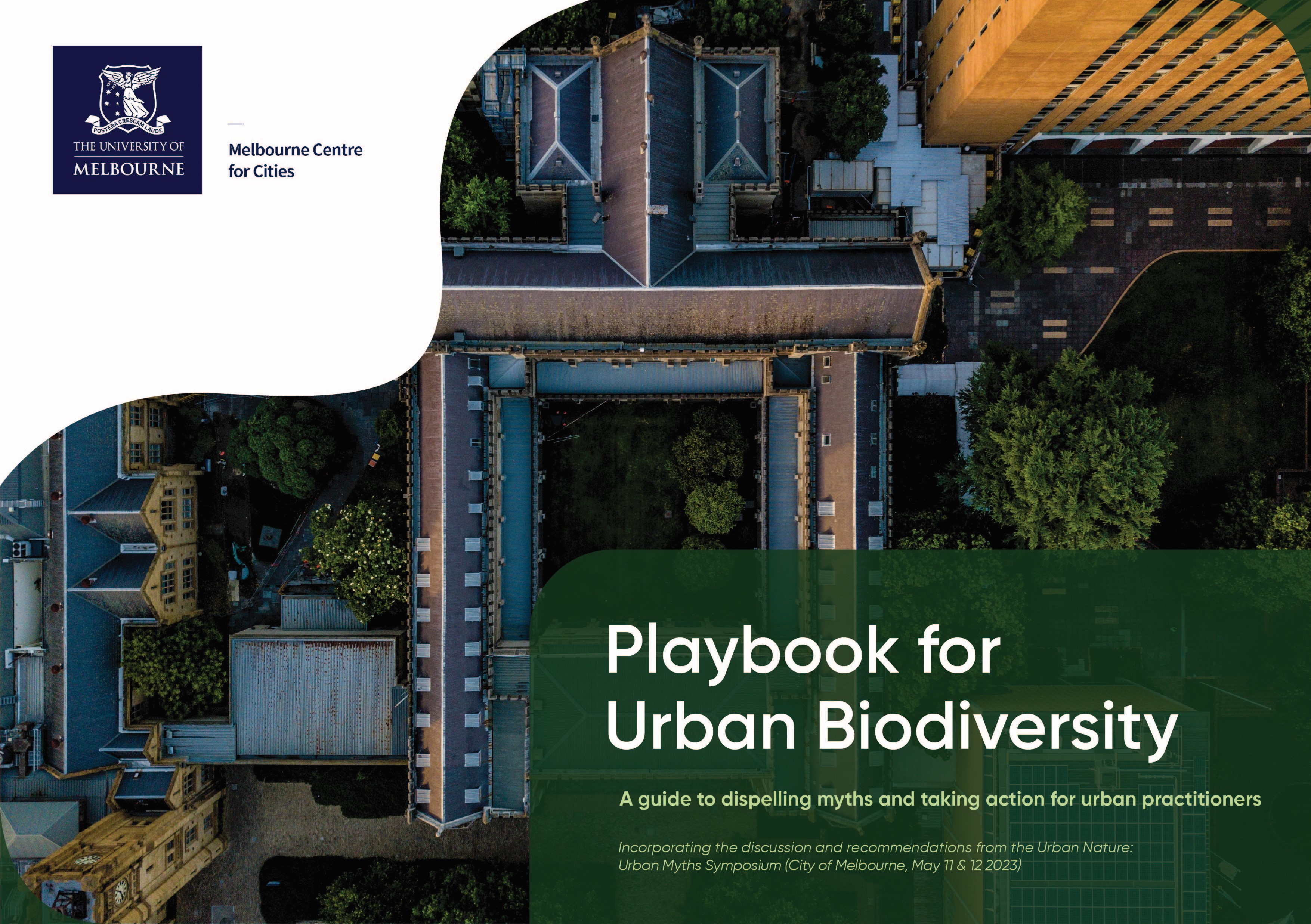
Playbook for Urban Biodiversity
Playbook intended to inform practice and policy on biodiversity in cities
Introduction
This Playbook for Urban Biodiversity was produced by the Melbourne Centre for Cities at the University of Melbourne, as a key output from the Urban Nature: Urban Myths Symposium co-hosted with the City of Melbourne - 11 and 12 May 2023.
This Playbook is intended to inform practice and policy on biodiversity in cities, with a particular focus on Melbourne and other Australian cities, using content presented by collaborating authors at the Symposium and supplemented by an extensive literature review.
The Playbook for Urban Biodiversity provides a series of Plays, or actions, for urban practitioners to understand and adopt in their disciplines, in order to address the barriers to implementing urban nature in Australian cities.
The Plays are relevant to different scales, including the global, state and national, and local scale, and are targeted at those who work on projects and policies that involve nature and biodiversity. The biggest Play - is to dispel the myths that often stop biodiversity infused projects in our cities. Using codes (eg G1) we have linked our Global, State, National, and Local Plays to the myths, to illustrate and add to the counter arguments presented. So look for the codes when you get to the myth section of the Playbook.
The Plays presented in the Playbook are not an exhaustive list of actions to implement biodiversity or dispel myths, but rather we offer the current evidence and discussions as a general guide to inspire further action.
We thank our collaborating authors - our symposium speakers and event curatorial teams - for generously sharing their ideas for your consideration. We hope you will find the content useful in deciding how you can help to dispell the myths, and bring more biodiversity to our cities!
Published by Melbourne Centre for Cities, University of Melbourne, 2024.
To cite this report: Oke, C., Lee, K., Harrison, L., Croeser, T., Taylor, M., Wandin, D., Bauer, K., Blackham, D., Burgess, T., Bush, J., Cutting, E., van Eeden, L. M., Evans, D., Fahrig, L., Farrell, C., Fletcher, M.-S., Garrard, G., Gaskell, N., Goldsworthy, K., Hahs, A., Hall, G., Hames, F., Kendal, D., Hertzog, K., Kirk, H., Leslie, G., Lowe, M., Marshall, A., Martin, V. Y., Maxwell, P. S., McCarthy, N., McDonald, A., Nicholson, C., O'Connor, P., Orton, J., Parris, K., Smith, D., Smith, S., Soanes, K., Steele, W., Stokes, J., Sutton Wilson, F., Tan, H.-A., Thomas, F., Trevena, B. E., Van Der Ree, R., Varcoe, T. and N.S.G. Williams (2024) Playbook for Urban Biodiversity Melbourne Centre for Cities, University of Melbourne doi:10.26188/24558505.v1
Disclaimer
The Plays presented in this Playbook are a collection of ideas, discussions, case studies and resources from the May 11 and 12 Summit. We acknowledge that there might be differing views on some actions and myths, and as such it should not be considered that all contributing
authors endorse all of the Plays and myths, rather we offer up the evidence and dialogue to help you make up your mind on how to best bring about more biodiversity in our cities.
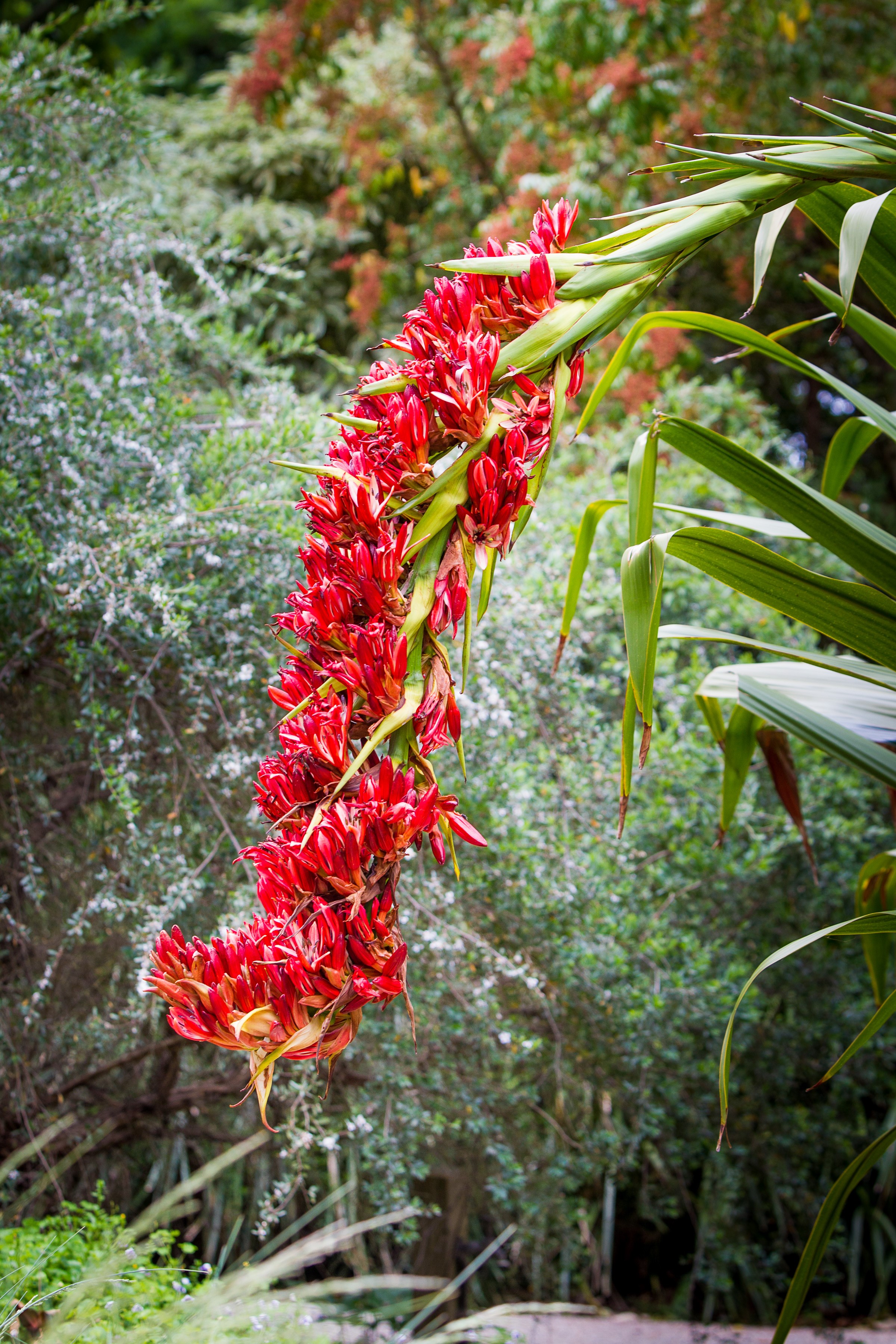

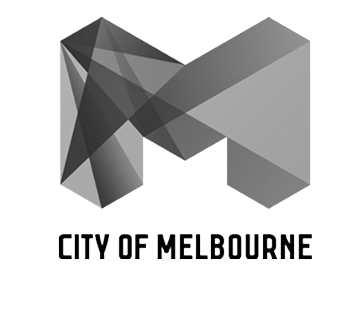
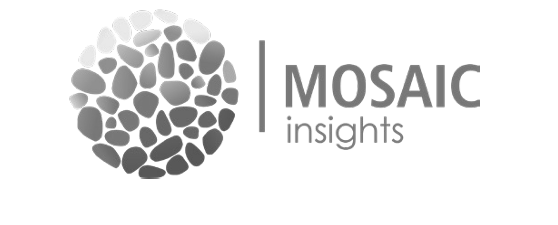
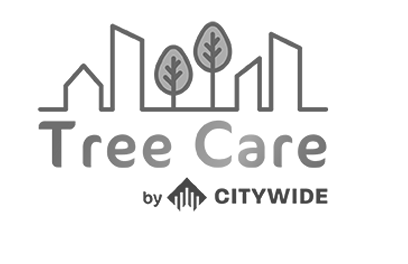



Global Scale | State and National Scale | Local Scale
Global Scale
G1. Get informed and involved in Global discussions about biodiversity
This Play (action) is for practitioners at all levels and
includes consultants, state governments, federal
government, councils who work with them, universities
and research institutes, community groups and
individuals.

State and National Scale
These Plays (actions) are for practitioners at the state and federal level and includes consultants, state governments, federal government, councils who work with them, universities and research institutes and community groups.
Local Scale
Plays (actions) at the local scale occur in two instances: The first Plays are for those working at the local scale, they include opportunities for biodiversity occurring at the local government scale. Involved stakeholders include consultants, municipal councils, universities, community groups, and those alike. The second Plays include opportunities for biodiversity occurring at the local community and individual scale, and include actions for residents, businesses and community organisations and groups.
-
L1. Foster reciprocity and relationship in land management
-
L2. Get to know the Country you live on
-
L3. Revise design, engineering and maintenance standards to make biodiversity the norm
-
L4. Encourage and support local & large commercial nurseries to supply native plants
-
L5. Develop templates to ensure biodiversity is firmly and accountably included in procurement processes for design, construction and maintenance
-
L6. Upskill key staff in designing, building and maintaining biodiverse landscapes - and pay them for their skills
-
L7. Make community-led greening easy by removing red tape and solving problems
-
L8. Map the biodiversity you have, could have, and where the key gaps are
-
L9. Choose a target species to enhance their habitat
-
L10. Build a biodiverse green roof or wall at home
-
L11. Bring your community on the journey with educational events and citizen science
-
L12. Plant a wildlife garden
-
L13. Join, or start, a community greening group
-
L14. Ensure and ecologically minded and maintenance specialists are at the table in the design processes
-
L15. Practicing and promoting responsible pet ownership - lets keep cats indoors and control dogs around wildlife
-
L16. Adopt Biodiversity-friendly product alternatives, including pesticides, rodenticides and algaecides for ponds
-
L17. Consider strategies to minimise noise and light pollution
-
L18. Recognising the value of nature enables greater preservation and allows species to thrive
-
L19. Seek opportunities to enhance native vegetation diversity and structure in urban landscapes
Key Play: Dispelling the myths
Dispelling the barriers (myths) to increasing nature in our cities.
A key play to increasing biodiversity in our cities is dispelling the myths – the barriers – that many practitioners, politicians and individuals experience.
For this Play, we present seven myths that were explored and discussed at the Urban Nature: Urban Myths symposium in May 2023..
The myths were originally determined by the Symposium’s scientific organising committee, who included Lee Harrison, Nicholas Williams, Amy Hahs, Kylie Soanes and Cathy Oke.
The myths in the Playbook are a combination of the organising team’s initial description, an extensive literature review conducted by Kahlin Lee, contributions from speakers, panelists and audience members who attended the symposium on 11 May, 2023, and all contributing authors of this book.
Disclaimer: While this input represents an extensive process to capture key urban nature myths, it is not an exhaustive process and not a full representation of perspectives and views.
We believe that our collaborative summaries of each myth will enable organisations, community groups and individuals to engage in debates to find a way forward for more biodiversity in our cities.
Myths
Lead Authors
Cathy Oke
Melbourne Centre for Cities, University of Melbourne
Kahlin Lee
Melbourne Centre for Cities, University of Melbourne
Lee Harrison
City of Melbourne
Thami Croeser
ICON Science, RMIT University
Madeline Taylor
Sustainability Team, University of Melbourne
Contributing Authors
Uncle Dave Wandin
Elder, Wurundjeri Woi-Wurrung
Doug Evans
Maroondah City Council
Amy Hahs
University of Melbourne
Melanie Lowe
Centre for Urban Research,RMIT University
Patrick O’Connor
University of Adelaide
Jordan Stokes
City of Melbourne
Kirsten Bauer
Aspect Studios
Lenore Fahrig
Carleton University Canada
Gail Hall
Australasian Green Infrastructure Group
Adrian Marshall
Grassy Plains Network
Jan Orton
Mosaic Insights
Fiona Sutton Wilson
Earthwatch Australia
Dom Blackham
Mosaic Insights
Claire Farrell
University of Melbourne
Fern Hames
Arther Rylah Institue for Environmental Research
Victoria Y. Martin
Mosaic Insights
Kirsten Parris
University of Melbourne
Hui-Anne Tan
City of Melbourne
Timothy Burgess
City of Melbourne
Michael-Shawn Fletcher
University of Melbourne
Kelly Hertzog
City of Melbourne Victoria
Paul Maxwell
EcoFutures
David Smith
ArborCarbon
Freya Thomas
City of Melbourne
Judy Bush
University of Melbourne
Georgia Garrard
University of Melbourne
Dave Kendal
Future in Nature Pty Ltd.University of Melbourne
Neil McCarthy
Mosaic Insights
Samantha Smith
Development Victoria
Bree Trevena
ARUP
Emma Cutting
The Heart Gardening Project
Nadine Gaskell
City of Knox
Holly Kirk
ICON Science, RMIT University
Angus McDonald
City of Melbourne
Kylie Soanes
University of Melbourne
Rodney van der Ree
WSP Pty Ltd. University of Melbourne
Lily van Eeden
Arthur Rylah Institute for Environmental Research
Kane Goldsworthy
Development Victoria
Giuliana Leslie
City of Melbourne
Chris Nicholson
SERCO
Wendy Steele
Centre for Urban Research,RMIT University
Tony Varcoe
Parks Victoria
Nicholas S.G. Williams
University of Melbourne
Graphic Design
Leilani Leon, University of Melbourne
In addition to the many case studies and hyperlinks within the Plays and Myths, see below the full reference list for the Playbook. You could also look at the Melbourne Biodiversity Institute
Full Reference List
Myths section (1)
- Diamond, J. M. (1975). The island dilemma: lessons of modern geographic studies for the design of natural reserves. Biological Conservation 7, 129–146.
- Fahrig, L. (2020). Why do several small patches hold more species than few large patches? Global Ecology and Biogeography. 29(4), 615-629. https://doi.org/10.1111/geb.13059
- Global synthesis of conservation studies reveals the importance of small habitat patches for biodiversity | PNAS
- Tan, H., Harrison, L., Nelson, J., Lokic, M., Rayner, J. P., Threlfall, C. G., Baumann, J., Marshall, A., Callow, M., Peeler, J., Korossy-Horwood, R., Nicholson, C., Williams, N. S. G. (2021). Designing and managing biodiverse streetscapes: key lessons from the City of Melbourne. Urban Ecosystems. 25, 733-740
- Kurylo, J.S., Threlfall, C. G., Parris, K. M., Ossola, A., Williams, N. S. G., Evans, K. L. (2020). Butterfly richness and abundance along a gradient of imperviousness and the importance of matrix quality, Ecological Applications, 30(7), 1–13.
- Ives, C.D. (2016). Cities are hotspots for threatened species. Global Ecology and Biogeography. 25(1/2), pp. 117–126. http://www.jstor.org/stable/43871605
- Pellissier, V., Cohen, M., Boulay, A., Clergeau, P. (2012). Birds are also sensitive to landscape composition and configuration within the city centre. Landscape and Urban Planning, 104(2), 181-188. https://doi.org/10.1016/j.landurbplan.2011.10.011
- Kendal, D., Zeeman, B. J., Ikin, K., Lunt, I. D., McDonnell, M. J., Farrar, A., ... Morgan, J. W. (2017). The importance of small urban reserves for plant conservation. Biological Conservation, 213, 146–153. https://doi.org/10.1016/j.biocon.2017.07.007
- Mühlbauer, M., Weisser, W. W., Muller, N., Meyer, S. T. (2021). A green design of city squares increases abundance and diversity of birds. Basic and Applied Ecology, 56, pp. 446–459. https://doi.org/10.1016/j.baae.2021.05.003
- Spotswood, E. N., Beller, E. E., Grossinger, R., Grenier, J. L., Heller, N. E., Aronson, M. F. J. (2021). The Biological Deserts Fallacy: Cities in Their Landscapes Contribute More than We Think to Regional Biodiversity. Bioscience. 71(2), 148-160. https://doi.org/10.1093/biosci/biaa155
- Ives, C. D., Gordon, A., Oke, C. Raymond, C. M., Hehir, A., Bekessy, S. A. (2017). Spatial scale influences how people value and perceive green open space. Journal of Environmental Planning and Management. 61(12), 2133-2150. https://doi.org/10.1080/09640568.2017.1388219
- Ives, C.D. (2016). Cities are hotspots for threatened species. Global Ecology and Biogeography. 25(1/2), pp. 117–126. http://www.jstor.org/stable/43871605
- Mata, L., et al. 2021. Indigenous plants promote insect biodiversity in urban greenspaces. Ecological Applications 31( 4):e02309. 10.1002/eap.2309
- Threlfall, C. G., Mata, L., Mackie, J. A., Hahs, A. K., Stork, N. E., Williams, N. S. G., Livesley, S. J. (2017). Increasing biodiversity in urban green spaces through simple vegetation interventions. Journal of Applied Ecology. 54, 1874-1883. https://doi.org/10.1111/1365-2664.12876
- Kurylo, J.S., Threlfall, C. G., Parris, K. M., Ossola, A., Williams, N. S. G., Evans, K. L. (2020). Butterfly richness and abundance along a gradient of imperviousness and the importance of matrix quality, Ecological Applications, 30(7), 1–13.
- Prendergast, K. S., Tomlinson, S., Dixon, K. W., Bateman, P. W., Menz, M. H. M. (2022). Urban native vegetation remnants support more diverse native bee communities than residential gardens in Australia's southwest biodiversity hotspot. Biological Conservation. 265. https://doi.org/10.1016/j.biocon.2021.109408.
- Kirk, H., Garrard, G., Croeser, T., Backtrom, A., Berthon, K., Furlong, C., Hurley, H., Thomas, F., Webb, A., Bekessy, S. (2021). Building biodiversity into the urban fabric: A case study in applying Biodiversity Sensitive Urban Design (BSUD). Urban Forestry and Urban Greening. 62, 1-14. https://doi.org/10.1016/j.ufug.2021.127176
- Oke, C., Bekessy, S. A., Frantzeskaki, N., Bush, J., Fitzsimons, J. A., Garrard, G. E., Grenfell, M., Harrison, L., Hartigan, M., Callow, D., Cotter, B., Gawler, S. (2021). Cities should respond to the biodiversity extinction crisis. Urban Sustainability. 1(11). https://doi.org/10.1038/s42949-020-00010-w
- Croeser, T., Garrard, G., Sharma, R., Ossola, A., Bekessy, S. (2021). Choosing the right nature-based solutions to meet diverse urban challenges. Urban Forestry and Urban Greening. 65, 1-11. https://doi.org/10.1016/j.ufug.2021.127337
- Lee, K. E., Sargent, L. D., Williams, K. J. H., Hall, G., Williams, N. S. G. (2022). A collaborative learning model for a flourishing green roofs, walls and facades sector: Exploring two major Australian cities. Cities. 131. https://doi.org/10.1016/j.cities.2022.103884
- Hale, R., Swearer, S. E., Sievers, M., Coleman, R. (2019). Balancing biodiversity outcomes and pollution management in urban stormwater treatment wetlands. Journal of Enviornmental Management. 233(1), 302-307. https://doi.org/10.1016/j.jenvman.2018.12.064
- Apfelbeck, B., Snep, R. P. H., Hauck, T. E., Ferguson, J., Holy, M., Jakoby, C., MacIvor, J. S., Schär, L., Taylor, M., Weisser, W. W. (2020). Designing wildlife-inclusive cities that support human-animal co-existence. Landscape and Urban Planning. 200. https://doi.org/10.1016/j.landurbplan.2020.103817
- Francis, R. A., Lorimer, J. (2011). Urban reconciliation ecology: The potential of living roofs and walls. Journal of Environmental Management. 92(6), 1429-1437. https://doi.org/10.1016/j.jenvman.2011.01.012
- Säumel, I., Weber, F., Kowarik, I. (2016). Toward livable and healthy urban streets: Roadside vegetation provides ecosystem services where people live and move. Ewnvironmental Science & Policy. 62, 24-33. https://doi.org/10.1016/j.envsci.2015.11.012
- Stoeckl, N., Jarvis, D., Larson, S., Larson, A., Grainger, D., Ewamian Aboriginal Corporation. (2021). Australian Indigenous insights into ecosystem services: Beyond services towards connectedness - People, place and time. Ecosystem Services. 50. https://doi.org/10.1016/j.ecoser.2021.101341
- Fletcher, M. S., Hall, T., Nicholas, Alexandra A. (2021). The loss of an indigenous constructed landscape following British invasion of Australia: An insights into the deep human imprint on the Australia. Ambio. 50(1): 138-149. https://doi.org10.1007/s13280-020-01339-3
- Woinarski, J. C. Z., Braby, M. F., Burbidge, A. A., Coates, D., Garnett, S. T., Fensham, R. J., Legge, S. M., McKenzi, N. L., Silcock, J. L., Murphy, B. P. (2019). Reading the black book: The number, timing, distribution and causes of listed extinctions in Australia. Biological Conservation. 239. https://doi.org/10.1016/j.biocon.2019.108261
- Builth, H., Kershaw, A. P., White, C., Roach, A., Hartney, L., McKenzie, M., Lewis, T., & Jacobsen, G. (2008). Environmental and cultural change on the Mt Eccles lava-flow landscapes of southwest Victoria, Australia. The Holocene, 18(3), 413–424. https://doi.org/10.1177/0959683607087931
- Fletcher, M. S., Hamilton, R., Dressler, W., Palmer, L. (2021). Indigenous knowledge and the shackles of wilderness. Proc Natl Acad Sci USA. 118(40). https://doi.10.1073/pnas.2022218118
- Ward, N. M., Garrard, G., Gregg, E. A., May, B., Wandin, D., Harrison, M., Pascoe, M., McConachie, F., Moggridge, B., Kusmanoff, A., Bekessy, S. A. (2023). "Totemic species" can be an effective lens for engaging students with Indigenous knowledge and biodiversity conservation. Conservation Science and Practice. 5(4). https://doi.org/10.1111/csp2.12904
- Hernandez-Santin, C., Amati, M., Bekessy, S., Desha, C. (2023). Integrating biodiversity as a non-human stakeholder within urban development. Landscape and Urban Planning. 232. https://doi.org/10.1016/j.landurbplan.2022.104678
- Stanford, H. R., Garrard, G. E., Kirk, H., Hurley, J. (2022). A social-ecological framework for identifying and governing informal greenspaces in cities. Landscape and Urban Planning. 221. https://doi.org/10.1016/j.landurbplan.2022.104378'
- Nordh, H., Hartig, T., Hagerhall, C. M., Fry, G. (2009). Components of small urban parks that predict the possibility for restoration. Urban Forestry & Urban Greening. 8(4). 225-235. https://doi.org/10.1016/j.ufug.2009.06.003
- Barraclough, K.A., Carey, M., Winkel, K.D., Humphries, E., Shay, B.A. and Foong, Y.C. (2023), Why losing Australia's biodiversity matters for human health: insights from the latest State of the Environment assessment. Medical Journal of Australia, 218: 336-340. https://doi.org/10.5694/mja2.51904
- Soanes, K., Taylor, L., Ramalho, C. E., Maller, C., Parris, K., Bush, J., Mata, L., Williams, N. S. G., Threlfall, C. G. (2023). Conserving urban biodiversity: Current practice, barriers and enablers. Society for Conservation Biology. https://doi.org/10.1111/conl.12946
- Fernandez-Llamazares, A., Garteizgogeascoa, M., Basu, N., Brondizio, E. S, Cabeza, M., Martínez-Alier, J., McElwee, P. and Reyes-García, V. (2020), A State-of-the-Art Review of Indigenous Peoples and Environmental Pollution. Integr Environ Assess Manag, 16: 324-341. https://doi.org/10.1002/ieam.4239
- Mumaw, L. M., Ison, R., Corney, H., Gaskell, N., Kelly, I. (2023). Reframing governance possibilities for urban biodiversity conservation through systemic co-inquiry. Environmental Policy and Governance. https://doi.org/10.1002/eet.2047
- Kaplan, H., Prahalad, V., Kendal, D. (2021). Native for whom: A mixed-methods literature review and synthetics to conceptualise biotic nativeness for social research in the urban context. People and Nature. 4(1). 15-31. https://doi.org/10.1002/pan3.10274
- Van Eeden, L. M., Newsome, T. M., Crowther, M. S., Dickman, C. R., Bruskotter, J. (2020). Diverse public perceptions of species’ status and management align with conflicting conservation frameworks. Biological Cosnervation. 242. https://doi.org/10.1016/j.biocon.2020.108416
- Head, L., Muir, P. (2006). Suburban life and the boundaries of nature: resilience and rupture in Australia backyard gardens. Transactions of the Institute of British Geographers. 31(4). 505-524. https://doi.org/10.1111/j.1475-5661.2006.00228.x
- Hu, R., Gill, N. (2015). Garden-Related Environmental Behaviour and Weed Management: An Australian Case Study. Society & Natural Resources. 29(2), 148-165. http://dx.doi.org/10.1080/08941920.2015.1045646
- Kendal, Dave, Kathryn J.H. Williams, and Nicholas S.G. Williams. “Plant Traits Link People’s Plant Preferences to the Composition of Their Gardens.” Landscape and Urban Planning 105, no. 1–2 (2012): 34–42. https://doi.org/10.1016/j.landurbplan.2011.11.023.
- Harris, Virginia, Dave Kendal, Amy K. Hahs, and Caragh G. Threlfall. “Green Space Context and Vegetation Complexity Shape People’s Preferences for Urban Public Parks and Residential Gardens.” Landscape Research 43, no. 1 (2018): 150–62. https://doi.org/10.1080/01426397.2017.1302571.
- Selinske, M. J., Harrison, L., & Simmons, B. A. (2023). Examining connection to nature at multiple scales provides insights for urban conservation. Biological Conservation, 280. https://doi.org/10.1016/j.biocon.2023.109984
- Twohig-Bennett, C., Jones, A. (2018). The health benefits of the great outdoors: A systematic review and meta-analysis of greenspace exposure and health outcomes. Environmental Research. 166, 628-637. https://doi.org/10.1016/j.envres.2018.06.030
- Martin, L., White, M. P., Hunt, A., Richardson, M., Pahl, S., Burt, J. (2020). Nature contact, nature connectedness and associations with health, wellbeing and pro-environmental behaviours. Journal of Environmental Psychology. 68. https://doi.org/10.1016/j.jenvp.2020.101389
- Marsden Jacob Associates. (2018). Active impacts: The economic impacts of active recreation in Victoria. https://sport.vic.gov.au/__data/assets/pdf_file/0026/56537/the20economic20impacts20of20active20recreation20in20victoria_0.pdf
- Loch, A., MacLean, J., O’Connor, P. (2023). Value of South Australia’s National Parks and Reserves; Study 2: Recreational Wellbeing Benefits of Metropolitan Parks; Willingness to Pay and Reduced Healthcare Costs associated with the Adelaide Met. University of Adelaide, School of Economics and Public Policy. https://ideas.repec.org/p/adl/wpaper/2023-02.html
- Marsden Jacobs Associates. (2020). South Australia’s Nature-Based Outdoor Economy: Key estimates and recommendations. https://www.skillsiq.com.au/site/DefaultSite/filesystem/documents/MarsdenJacobs/MarsdenJacobsSA/South%20Australia%E2%80%99s%20Nature%20Based%20Outdoor%20Economy.pdf
- Heagney, E. C., Rose, J. M., Ardeshiri, A., Kovac, M. (2018). Optimising recreation services from protected areas – Understanding the role of natural values, built infrastructure and contextual factors. Ecosystem Services. 31, 358-370. https://doi.org/10.1016/j.ecoser.2017.10.007
